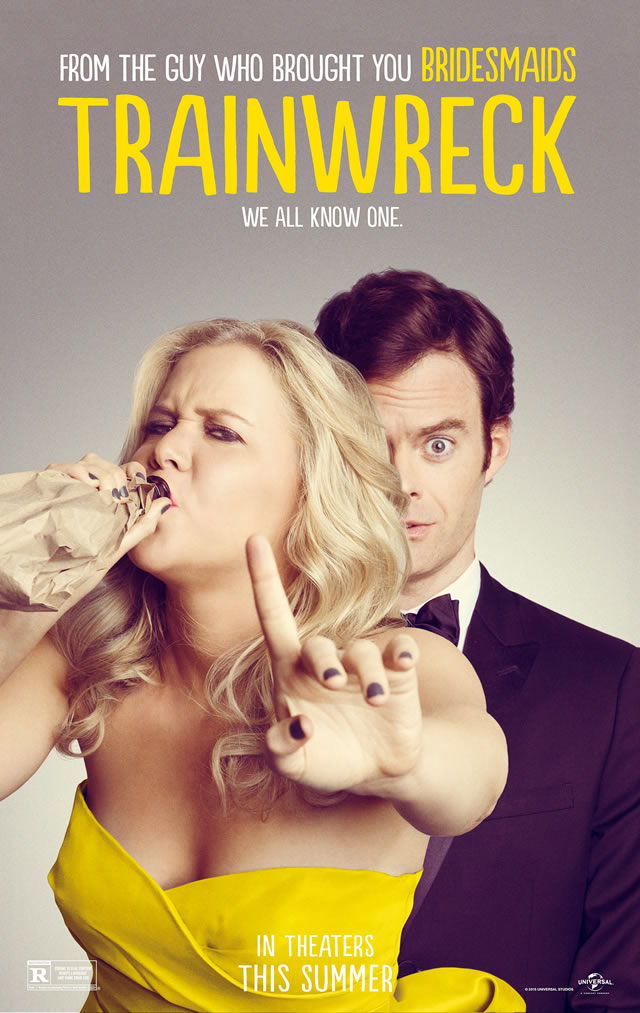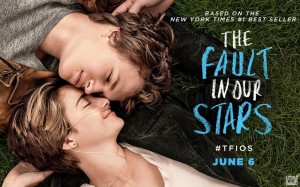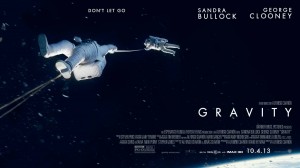Spoiler Alert: What Really Doesn’t Work in “Trainwreck” — and the Surprising Moments that Do
Posted on July 25, 2015 at 3:37 pm

SPOILER ALERT SPOILER ALERT SPOILER ALERT
I had a few more thoughts about Amy Schumer’s “Trainwreck” that didn’t fit into my review because they are too spoilery.
First, our concerns over Schumer’s party girl character, also called Amy, are supposed to be about her drinking, pot-smoking, and one-night-stands. But can we take a moment to talk about how completely irresponsible she is at her job? It is a massive violation of journalistic ethics and instant firing offense, even for a skanky rag like the magazine she works for in this film, to sleep with the subject of your story. We are supposed to respect Amy’s professional accomplishments, especially at the end when her story, rejected as “too boring” by her employer, then somehow appears in Vanity Fair.
This is just one element that makes it difficult to make the leap of faith necessary to believe that Mr. Wonderful — or, I should say, Dr. Wonderful — played by Bill Hader, would actually fall for her. Yes, she’s pretty and funny and she sleeps with him right away, but can he have any respect for her whatsoever? No gauzey montage, even with air quotes around it, even with the genuine chemistry between the actors, is enough to prevent us from wondering whether the doctor can’t do better.
There are too many distractions. That dog walker movie? We could have one without it entirely, and there was certainly no reason for a reprise. And what was that “intervention” all about?
What I did like a lot: Amy’s affecting eulogy for her father gives some emotional heft to her character. And the scene after she takes a phone call during his speech is really well done, as Amy learns for the first time that people in relationships resolve conflict; they don’t run away from it.





